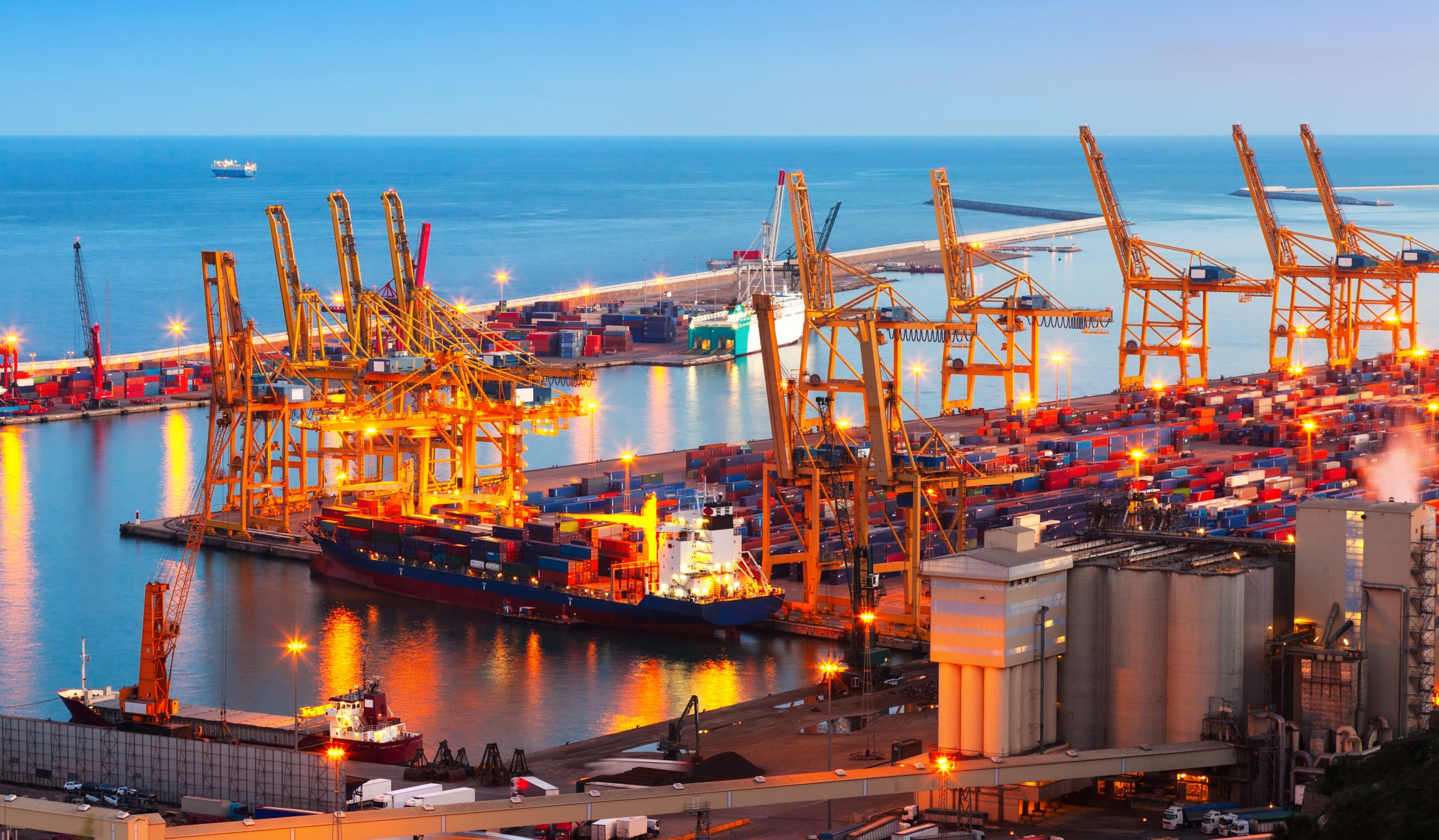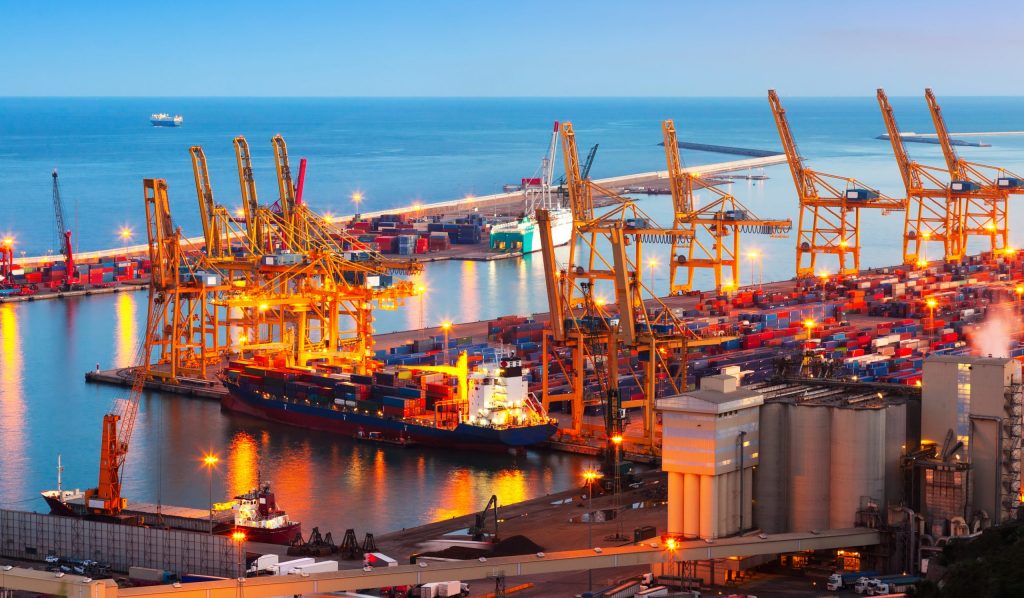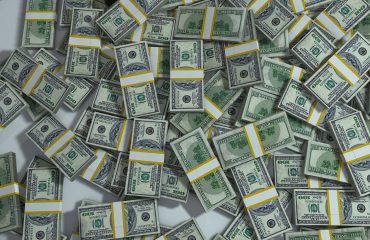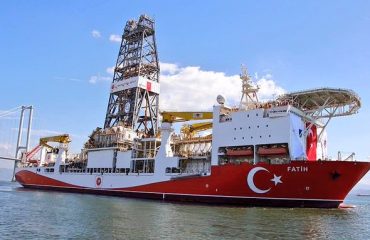

“The New Economy Model” fails to serve. The current account deficit is increasing, the growth is slowing down, and it is being discussed if it is sustainable until the election.
In October, the foreign trade deficit of the last twelve months was $103 billion. The September 2011-February 2012 period witnessed a slightly higher deficit; the highest was $106.7 billion. In short, the record is about to come. However, there is a difference, as there was no “New Economy Model” then. Moreover, there was no argument, such as whether we would have a surplus instead of the current account deficit, whether we would beat our bad luck, or something.
However, this is how we set out in September 2021. Of course, anyone can ask, “Is there still any claim that we will solve the current account deficit problem?” it could even be added, “Has it been very clearly articulated?” pretty fitting: it has not been possible to appreciate the “New Economy Model.” Moreover, nowadays, nobody claims there will be a current account surplus, etc. After all, how can they? There is a current account deficit of $38 billion in the first ten months of this year.
Growth is slowing
The New Economy Model was probably designed to put our economy on a healthy growth path.
Is that so? On November 30, we learned the GDP for the third quarter. Treasury and Finance Minister Nureddin Nebati drew attention to an annual growth of 3.9 percent in the third quarter. However, our economy shrank by 0.1 percent compared to the second quarter. Considering our population growth rate, this means a decrease of approximately 1 percent in per capita income. Turkey is no longer the country with the highest economic growth after China.
Okay, that is just a quarterly observation; the shrinkage might be temporary, and better days (quarters) might await us after that. Unfortunately, there are plenty of indications that the situation is no different in the fourth quarter, which ends in one month.
Exports, electricity consumption, loans
For instance, the OECD Weekly Tracker of GDP growth points out that there may be a contraction in GDP compared to the third quarter. Alternatively, the daily electricity consumption data in the third quarter indicates a drop compared to the same quarter a year ago. In the first two months of the fourth quarter, the decrease in electricity consumption is even more significant.
In terms of exports, the situation is no different. Export growth is declining. While the rate of increase in exports was at double digits in the first eight months of the year, it decreased to 9 percent in September and 3 percent in October. This unsavory trend is expected to continue in the coming months; because things are not going well in the European economy, which is the market for nearly half of our exports.
Another primary determinant of growth is the supply of bank loans. Inflationary adjusted, there is not an increase in loans; on the contrary, there is a significant decrease. The complaints of “we cannot access loans” are not pointless.
Inflation and falling labor share
We cannot ignore a result of the “New Economy Model” that makes us almost the leader in the world rankings: Inflation is around 85 percent, and producer inflation is 158 percent. Please do not complain, as “when monthly inflation figures of December of 2021 and January of 2022, which were very high, are removed from the inflation account of the last twelve months, inflation will decrease, and we will lose our place at the top of the inflation league!” No way! Even if it drops to around 50 percent around May, inflation will still be very high: We will be buying a commodity for 150 liras in May 2023, which we bought for 100 liras twelve months ago. If there are any goods left priced at 100 liras that is.
There is no doubt that the “New Economy Model” has other consequences: for instance, the share of the workforce in GDP continues to decline. Alternatively, the basket of goods and services that can be purchased with minimum wage gradually shrinks as inflation increases.
Some enjoy themselves
In contrast, the corporations that can borrow (that can access loans) at interest rates well below inflation must be in good spirits.
The price of their goods is increasing more or less by 158 percent; since producer inflation will decrease, the price increase should be, let us say, 100 percent instead of 158 percent. However, they can borrow at the cost of 20 percent.
The third quarter expenditures on machinery and equipment investment reveal this pleasant situation. There is a significant increase in machinery and equipment investments. Indeed, Turkey’s risk is high; there is a significant amount of economic uncertainty.
Nevertheless, it will not always be like this. If anyone gets a loan, s/he can get another lathe, even though s/he does not use it now.
Moreover, the value of the lathe increases where it stands still (inflation) while s/he pays a record-low interest to buy that machine.
Is the New Economy Model until the election?
So, will it go like this? Will the stagnation caused by the “New Economy Model” in the second half of the year continue in the first half of 2023? Thanks to countries like Qatar, Russia, and Saudi Arabia (in alphabetical order), a new exchange rate spike has not occurred, thanks to the funds we received from them if the news reflected in the press are trustworthy. Let us assume that this situation will continue until the election.
The answer to the question I asked under this assumption is mainly about a striking development that emerged from the third quarter GDP data. Furthermore, that is the following: The rate of increase in public consumption expenditures has been at an unprecedented level for many years. Public expenditures are expected to rise even more until the election, from the announced budget data and the Treasury’s heavy cash account. Of course, there is also the possibility of acceleration of loans, primarily through state-owned banks.
How far with foreign policy?
In this case, the economy will recover from the recession. Nonetheless, we must not forget the assumption that I have just stated. Recently, when the foreign trade deficit is running towards a historical record, and the current account deficit is at high levels, such a policy that will increase both must have a limit related to the additional funding that can be found through foreign policy maneuvers. It is hard to predict how long this will last.
The moral of the story: The economy does not bear to eccentric experiments, and the dire consequences that negatively affect vast majorities are revealed in a short time. If anyone is determinedly curious about a new economic model, s/he can build the model s/he fancies academically and ‘simulate’ that model with the methods described in graduate programs and see the results.
Please do not try those models on us first.


